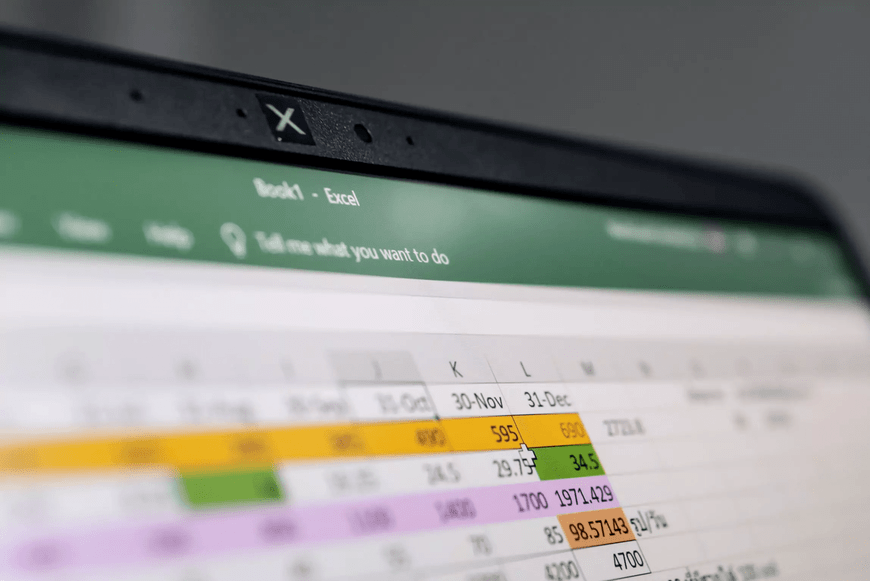
With all the talk of advanced technology in the construction industry, it’s easy for business managers, owners, and customers to get either carried away with, or overwhelmed by, all the new ideas and approaches for getting jobs done faster, better, and cheaper.
- jobsite aerial drones
- semi-automatic bricklaying robots
- jobsite 3D concrete printing machines
- 5-dimensional building information modelling (BIM) systems
- self-diagnosing machinery and equipment telematics
- paperless business and project management software
It’s enough to make you think the old-school conventional construction worker with hard hat, lunch bucket, and steel-toed boots is destined for retraining in another line of work, or a long wait in the unemployment line.
But in fact the opposite is true. Construction companies are struggling to keep enough workers on the payroll, despite raises in average pay rates and increased efforts in training and recruitment.
Demographics continue to work against the construction industry. Older workers retire while younger workers prefer to look elsewhere for opportunities. Many workers who lost their jobs during the Great Recession have not returned to the construction workforce, even as the pace of building investment has picked up in the years since.
Qualified workers are hard to find
The result is that most firms continue face an ongoing labor crunch. A survey conducted across the U.S. in the summer of 2017 found that 70 percent of companies are having problems finding and hiring the construction employees they need to complete projects on the books this year.
The same survey found that over two thirds of those firms expect the labour situation to be as bad or worse next year. This keeps the pressure on industry leaders and government agencies to enhance recruitment, education and training efforts.
It also focuses increasing attention on the use of technology as a way to make up the skilled and unskilled labor shortages. Technology alone, however, offers no one-size-fits-all solutions.
No technology ‘silver bullet’
Advances in construction technology will not remake the industry overnight. There is no silver tech bullet that every firm can load into the chamber to shoot for record profits and growth. New technology can even introduce a whole new set of business risks when first brought on board. And the newer the technology, the greater the risks.
As Taylor Ryan of GenieBelt, a construction project management software platform developer, says in the July/August 2017 edition of Constructor Magazine (p.21):
“The earliest adopters will be both the biggest winners and losers [emphasis added] of these futuristic approaches to construction.”
In other words, unless a contractor is operating with large enough margins to devote significant financial resources to research and development costs, any experimental construction technology might be too risky to try.
The future of construction technology is now
Fortunately, there is a great deal of tried-and-true technology that is available now, and proven to have a positive influence on productivity and margins. A good example of this type of established technology is a simple but powerful timesheet and equipment tracking software application like busybusy.
This cloud-based, mobile app eliminates a constant timesheet paper chase and replaces it with searchable and sortable data. Busybusy can then feed the data to accounting and job-costing processes that can instantly benefit the bottom line, and improve margins by as much as 30% going forward.
This kind of technology adds a level of appeal to the younger, more innovative potential labor force that construction companies must attract. It also helps to pave the way for introducing other phases of technology integration as other advanced systems and equipment prove their worth.
Best of all, it can be introduced and adopted company-wide with little or no lead time, because of the simple, intuitive design of the app’s features and built-in analytics tools, and a dedicated in-house customer service team.
Education and training introduce new opportunities
Along the many local, state, and national government efforts to raise the interest and skill levels for new hires, there are numerous programs in colleges and universities for construction craft and management training and education. These programs give full scope to the application and integration of technological innovations that are available now.
As graduates of these programs move out into the workforce, they will be ready to adopt technologies that have demonstrated improvements in productivity and in ROI that filters down to the bottom line. This growth in the younger cohort should have a positive effect on the overall image of construction work as a career choice, and help to further advance the role of technology in relieving the labor crunch through productivity increases.
Technology for increased worker safety
One of the most far-reaching developments in technology for construction involves the improvement in worker safety training and technology. From the use of digital media for streaming standardized safety training to remote locations where workers already are, to the use of virtual reality (VR) and augmented reality (AR) to simulate the hazards of working at heights and other high-risk situations, effective use of these new technologies can help to save lives and save money at the same time. It can also improve productivity by reducing lost-time accidents and injuries.
A further benefit of this approach to safety training is that it will again appeal to the younger cohort of skilled workers as they consider their career options. Evidence of an evolving industry with a visible path to an exciting and challenging future will go along way toward attracting the best and the brightest to an industry that needs them.
Improving productivity improves recruitment results
Easing the labor shortage through technology can work from two directions at once. Technology offers the productivity enhancements that can reduce the workload of some aspects of project management and project execution, which frees up workers to contribute to higher-value inputs on the jobsite.
This enhanced productivity presents a more appealing workplace and career picture to the emerging workforce participants who have grown up digital and value the benefits that digital integration can contribute.
If your firm is already established as a player in the digital construction world, you will know the benefits and pitfalls of being among the first-movers. If you have yet to begin, now is the time. The safety net is out, the first step is easy, and the results will pay off in more ways than one.











